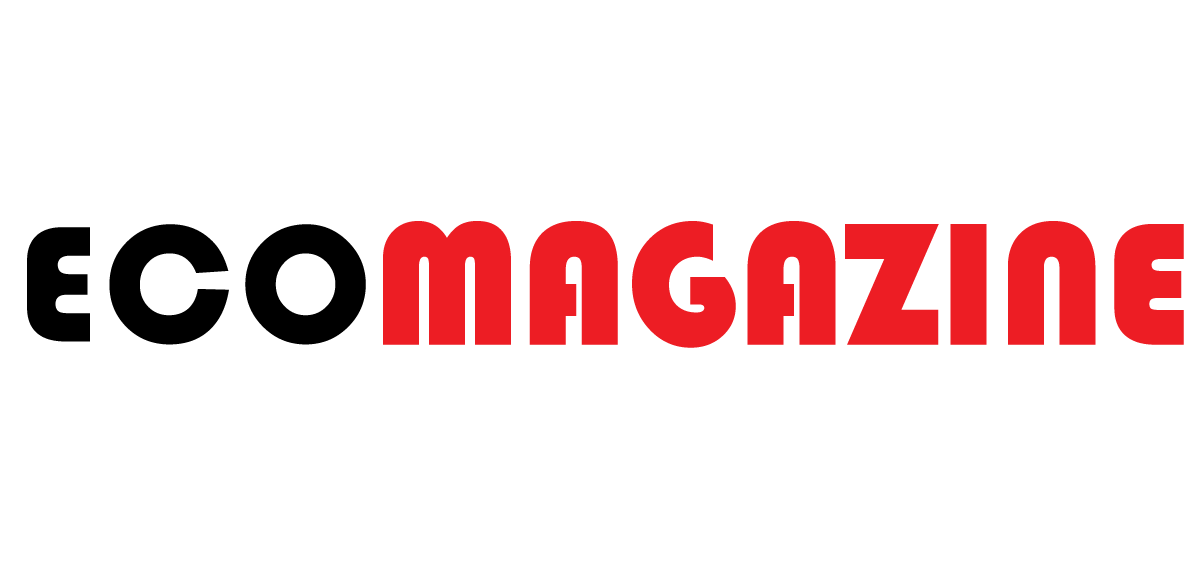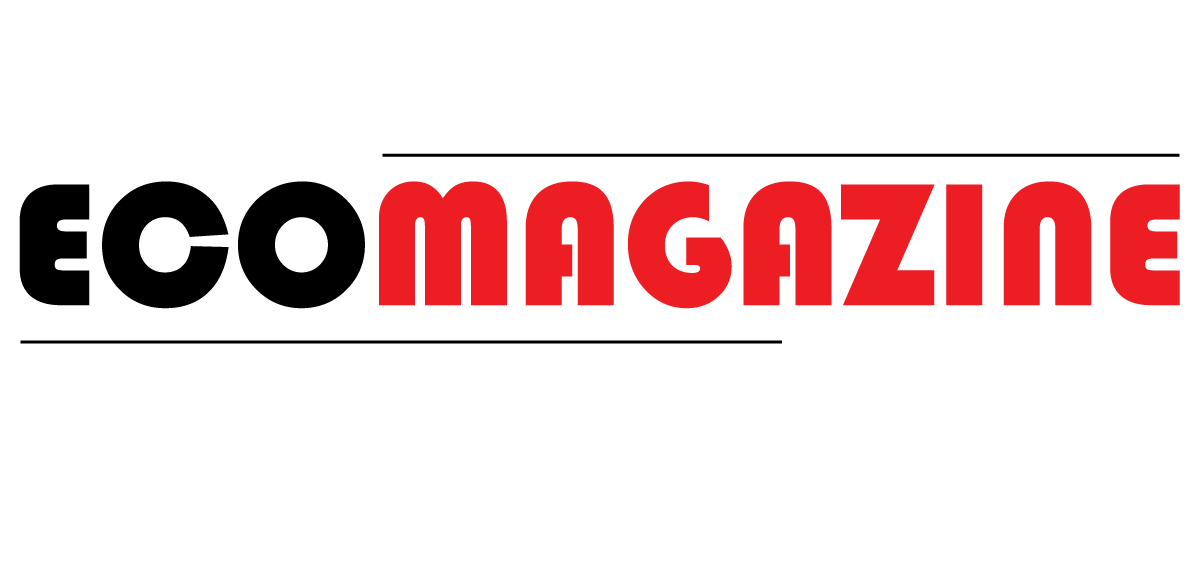Voice technology, as enabled through components of the Internet of Things (IoT). Transforming modern healthcare delivery by providing hands-free, intelligent, and seamless experiences for health professionals. In the urgent environment of hospitals and clinics. Where rapid decisions are critical and every operation must be precise, voice-enabled technology across IoT-based devices is changing. The way a physician or nurse executes and performs their daily work and responsibilities. Voice technology facilitates reduction of manual workload, increases clinical productivity and efficiency, and most critically, ensures improved patient safety.
An IOT Development Company contributes to building the basis for such ecosystems utilizing innovative device integrations. Natural language processing (NLP), and equipped intelligent protocols for sharing data. Combined, these form seamless processes that allow for voice-based interactions. To eliminate barriers between healthcare providers and their required data—at the time they need it most.
What is Voice Technology in Healthcare?
Voice technology in healthcare pertains to the employment of voice recognition and natural language processing (NLP). That empowers spoken communication between health care personnel and digital systems. Similar to chatbots, voice assistants allow clinicians to conduct tasks. Store notes, review patient records, and even operate devices simply by conversing.
Unlike conventional documentation approaches. Which consume valuable minutes of clinical time, voice systems allow doctors and nurses to utilize common language produced via voice commands. Rather than having to engage the manual interface with key-presses. For example, new voice-enabled electronic health record (EHR) systems provide the ability to acquire patient details via dictation. Allowing for improved documentation accuracy and less reliance on charts and forms. Intelligent voice assistants, using NLP algorithms, can process commands such as “Show me the last three blood sugar readings.” or, “Schedule an MRI for tomorrow morning” and perform the action almost instantaneously.
This type of interaction not only aids in streamlining administrative tasks. But it also provides all parties with a safer and more efficient healthcare environment. Especially in sterile or mid-emergency zones where hand use might risk contamination or increase the time until a task is performed.
Understanding the Role of IoT in Smart Healthcare
The Internet of Things (IoT) forms the basis of connected healthcare by integrating medical devices, wearables, monitoring devices, and the hospital infrastructure into a consistent digital framework. Each device within the network gathers data and exchanges data with other devices utilizing wireless technology and cloud frameworks.
Through IoT, we can continuously monitor a person’s health by capturing important vital signs using smart sensors embedded in wearables, bedside devices, and implantable devices. This data can then be streamed into monitoring dashboards that can be viewed by doctors in real time. Importantly, IoT allows hospitals to track asset usage, monitor different environmental properties, and facilitate medication management through automation, building what are known now as “smart hospitals.”
For example, a smart infusion pump can automatically adjust and administer a medication dosage based on live patient data, or remote patient monitoring tools can monitor patients and send alerts to healthcare providers if any anomaly is detected. These intelligent interactions are advancing the delivery of proactive care, operational transparency, and clinical accuracy in connected healthcare networks.
Voice and IoT Integration: The Perfect Pair for Hands-Free Healthcare
The convergence of voice technology with IoT creates a new level of automation, accessibility and interaction in healthcare contexts. IoT devices are the physical interface for sensing, recording, and transmitting medical data. While voice technology is the natural layer of communication enabling doctors and nurses to issue commands or early information without using a screen or keyboard.
Moreover, voice and IoT integration will ensure that healthcare workers can use simple voice commands to control any connected IoT device, to change ventilator parameters, turn on diagnostic equipment or pull lab results; it is possible for a surgeon, for example, to say, “be increase monitor brightness” without disordering the sterile field. Additionally, a healthcare worker can easily ask for vitals data while still caring directly for the patient.
The agreement between voice and IoT will increase accessibility for visually impaired healthcare workers or patients, allowing organizations to maximize the benefits of digital transformation. And by linking real time data with voice and creature commands, this system will elevate our perception of technology from functioning to being intelligent – anticipating our needs and prompting us to expect aids in responding to those needs.
Key Benefits of Hands-Free Solutions for Doctors and Nurses
Improved Efficiency and Time Management
Healthcare IoT solutions significantly minimize the amount of time involved in manual data entry, navigation of different systems, and oversight. When a doctor wants to review a patient’s history or a report, this is possible in a few seconds, maximizing the opportunity to concentrate on diagnosing and caring for the patient. Moving toward a more efficient and hands-free way of working ultimately improves shift turnaround, opportunities for patient flow, and reduces the time a patient waits for care.
Reduced Administrative Tasks
The administrative burden has long been a source of frustration for health care workers. Voice-enabled documentation and data retrieval removes repetitive typing tasks and updates to a system. When the provider is able to transcribe information in real time, the documentation is being formatted into a record, virtually eliminating after work documentation and burnout for clinical staff.
Improved Sterility and Infection Control
In many challenging care contexts, such as intensive care units (ICUs), and surgical settings, touching shared devices increases the risk of infection. Voice-based commands create a safer and touchless option for clinicians able to comply with safety protocols without negatively impacting operational integrity.
Rapid Access to Data and Improved Decision-Making
In a world where IoT continually provides massive amounts of collection data in which voice will activate secure access to vitals, lab results, and/or medication administration schedules, data-driven decision-making occurs almost instantaneously with improved diagnostic, and treatment sincerity, especially in emergencies.
Improved Patient Experience and Comfort
For patients, especially those immobilized or elderly, voice and IoT systems offer a sense of empowerment. They can control room lighting, temperature, or entertainment devices simply by speaking. Furthermore, smoother doctor-patient interactions occur when technology supports, rather than distracts from, human engagement.
Real-World Use Cases of Voice and IoT in Healthcare
Smart Patient Rooms with Voice-Activated Controls
Hospitals are adopting smart patient rooms equipped with IoT devices linked to voice assistants. Patients can regulate lighting, window blinds, or nurse call systems using verbal instructions. For healthcare staff, voice-based controls improve operational convenience while enhancing patient satisfaction and comfort.
Voice-Controlled Medical Devices During Surgeries
It’s essential to keep a sterile environment in the operating room. Surgeons can use voice commands to engage with medical imaging and these systems help limit contact and ensure a safer operating environment.
IoT-based Monitoring Systems with Voice Alerts.
IoT-based sensors continuously monitor vitals such as heart rate, oxygen saturation, and blood pressure, and extractions will describe possible alerts or notifications. By using voice alerts, it is possible for the health care worker in charge or the remote monitor to notify the staff on a real-time basis. This enhances the identification of low function of a function or patient or handling kwargs/circumstance with low complication or case scenarios.
Remote Care Coordination with Embedded Practices.
Well-designed telemedicine systems, sometimes with embedded IoT devices such as blood pressure cuffs and glucose monitors, allow doctors to remotely supervise patients and offer disease management. While patients verbalize symptoms or medication compliance reminders, health care providers monitor parameters on dashboards in real-time. Voice-enabled systems have proven very beneficial to elderly patients with chronic disease or those residing in regional areas.
Future of Voice and IoT in Healthcare
Predictive Analytics and AI-Powered Voice Assistants
The role of voice and IoT in the healthcare of the future is influenced by artificial intelligence. With predictive analytics, voice systems will be able to anticipate clinical needs, raise red flags about complications, and serve as decision support. The evolution of voice assistants with built-in healthcare data will move the system from reactive to proactive and suggest optimizations for treatments based on the IoT data in real time.
Personalized Care Through Intelligent Voice-Based Recommendations
Voice-enabled AI systems will analyze individual histories along with behavioral data, producing recommendations that are tailored to each person’s health. Doctors and nurses will receive insights that are contextualized, such as: “The patient’s oxygen saturation trend would suggest the early signs of hypoxia”, allowing them to consider interventions before the person reaches an emergency state.
Expansion of Smart Hospitals with Full Integration of IoT and AI
With IoT infrastructure deployed at scale along with voice commands and AI engines. Smart hospitals will move from concepts to full reality. Smart hospitals will operate from autonomous data sharing and alerts for predictive maintenance and voice led experiences. That manage the care from patient admission to patient discharge seamlessly.
The Potential of Ambient Clinical Intelligence (ACI)
Ambient Clinical Intelligence (ACI) represents the future of enhanced healthcare efficiency. By integrating IoT sensors, voice capturing, and AI-analytics (deep learning), ACI captures and documents clinical conversations for real-time processing. ACI defines a new path for organizations to transform data into actionable intelligence in the clinical workflow. Permitting the removal of manual note-taking while translating precise and contextually situating documentation into predictive care models.
Final Thought
Voice technology and IoT together showcase a new paradigm in the growth of digitalization in healthcare so that clinicians can provide their care faster, safer, and smarter for patients. The new digital solutions starting to make their way into hospitals aim to remove barriers between humans and technology using natural, intuitive, and hands-free interactions. Hospitals prioritizing modernization of their infrastructure can leverage technology to increase the efficiency of healthcare operations and outcomes for patients.
As an industry catalyst for development, IoT Solutions for Healthcare are being introduced to support. The development of a highly responsive and connected patient care experience. Thus moving forward, we will see collaborations between engineers, clinicians, and technology providers enhance and grow this framework.
Sustainable innovation requires healthcare organizations to find companies. Leading the way in development as part of Software Development Services to integrate voice and IoT technology. Integrating technology should streamline and provide compliance, user experience. And scalable options to medical organizations so they can improve patient care, one voice at a time.


